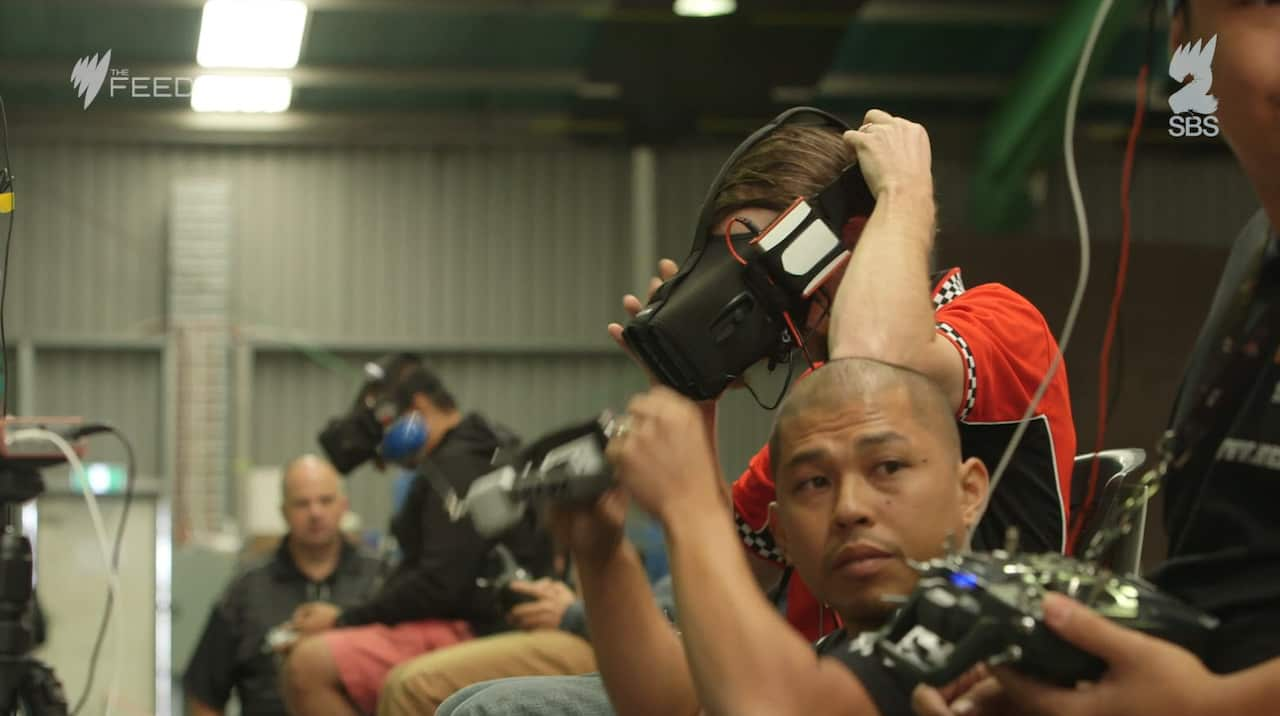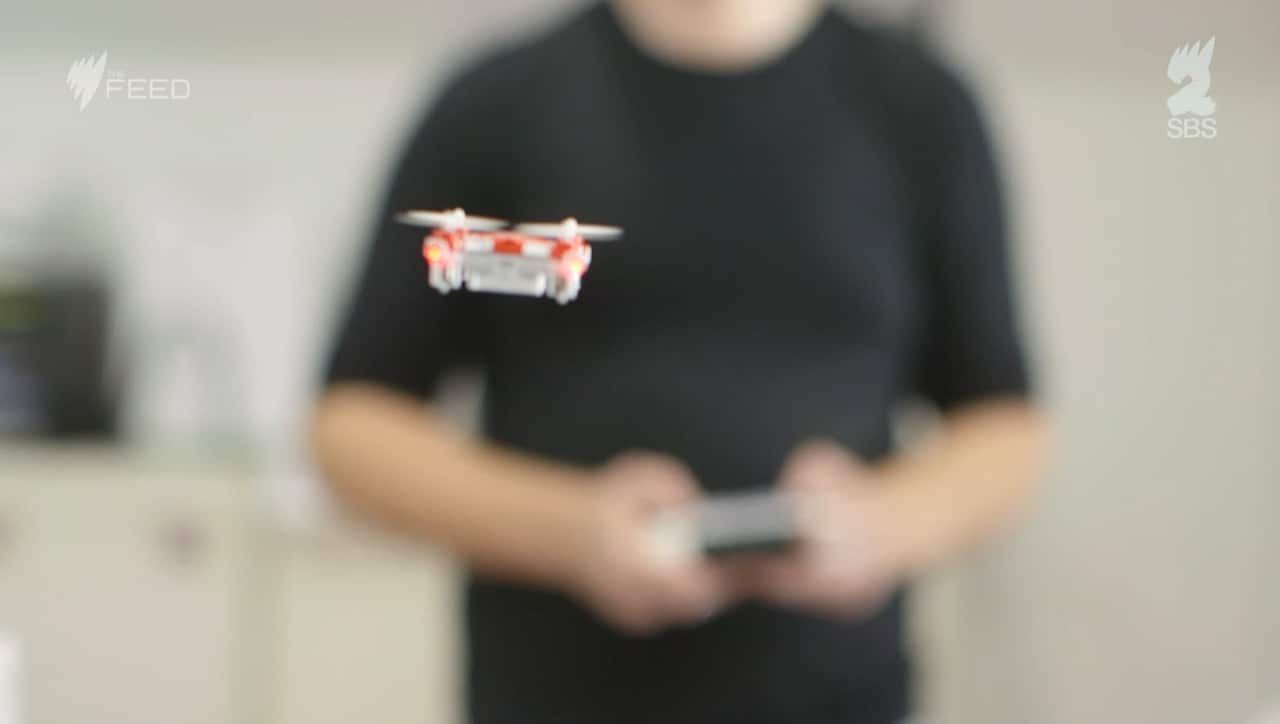But as drone technology advances and they become more available it’s inevitable that we are soon going to see the positive and negative sides of these airborne robots.
Drone racing is one of Australia's fastest growing hobbies, but drones are not just toys.
The first recorded drone flight was in 1849 when Austria sent pilotless balloons filled with bombs to blow up Venice. It was largely unsuccessful.
In the first and second world wars, both sides tinkered with "air torpedos" as they called them. But once again, they failed.
It wasn't until 1973 that the US military confirmed that it had indeed been flying pilotless reconnaissance planes over Vietnam.
Fast forward 30 years and Amazon is spruiking the benefits of drones dropping parcels instead of bombs.
"The big thing that’s preventing drone delivery at the moment really is societal acceptance," says Andrew Chapman, a professional drone pilot and Director of the Australian UAV. "We’re just changing from this concept of drones as this scary thing off in Afghanistan dropping bombs on people to something which can help us in our society.
"We’re just changing from this concept of drones as this scary thing off in Afghanistan dropping bombs on people to something which can help us in our society.

Source: The Feed
"The drones we use are very different, they’re between 5000 and 120,000 dollars, you think of them more like flying robots than a flying toy."
Andrew's work allows him to map and document uncharted territory - such as Antarctica - like never before thanks to the help of drones.
"Previously on the missions down south through the sea ice, they would have a manned helicopter on board," he says.
"Manned helicopters are incredibly expensive to operate and also very dangerous conditions down there in the extreme weather… with the drone, it’s easy, you know, you’re not risking anybody’s life to have a look out ahead.
""Amazingly, the main threat to our drones is our wildlife..."
"Amazingly, the main threat to our drones is our wildlife, the wedge-tailed eagles just hate anything in their airspace so they’ll come and seek us out and try and knock us out
"Don’t want to say too specifically how many we lose but uh yes, it’s a constant problem, the eagles, they’re a beautiful creature, but uh, they hate drones."
But the Australian people, they love drones. In 2015 they were the highest selling Christmas present and with the increase of drones, it's the Civil Aviation Safety Authority (CASA) that has the job of policing them.
"Five years ago there was probably in the hundreds of recreational drones, there's now tens of thousands so the growth has been quite extraordinary," says Peter Gibson from the CASA.
For drone racer Rob Avery, one of the biggest challenges is educating the public about the cutting edge technology.
"I don't really think there is enough education for the public, I think that’s a work in progress that the government and CASA are working on but… the education is the key to keeping the public safe," he says.

Source: The Feed

